BMW presents a futuristic outlook with the i Vision Circular
With the i Vision Circular, BMW has given a preview of how the carmaker envisions a compact car in 2040 – with a focus on sustainability and luxury. The concept is reminiscent of the i3 in many respects, but is said to have the future in mind.
“The four-seater is fully electrically powered and displays a generous interior space in a length of around four metres. At the same time, it is consistently designed according to the principles of the circular economy and thus symbolises the BMW Group’s ambitious plan to become the most sustainable manufacturer for individual premium mobility.”
This is not a quote from 2010, when BMW announced the series production of the “Megacity Vehicle” – that is, the study that was launched on the market in 2013 as the BMW i3. Back then, too, it was an approximately four-metre-long city car with four seats that offered more interior space with an electric concept than comparably long combustion cars. In addition, recycled materials are still used in the interior of the i3 today.
While the use of recycled materials in the i3 is limited to a few components and the carbon body, which is energy-intensive to manufacture, has not become established in mass production, the i Vision Circular is intended to go further here in the circular economy – for example with secondary steel and secondary aluminium.
“The BMW i Vision Circular shows how comprehensively and consistently we think about sustainable mobility. It represents our claim to be a pioneer in the development of a circular economy,” said BMW CEO Oliver Zipse. “We want to extend our leading position in resource efficiency in production to the entire life cycle of our vehicles.” The Munich-based company is also concerned with “business sustainability”. “Because the current development of raw material prices shows the effects an industry that is dependent on limited resources has to reckon with.”
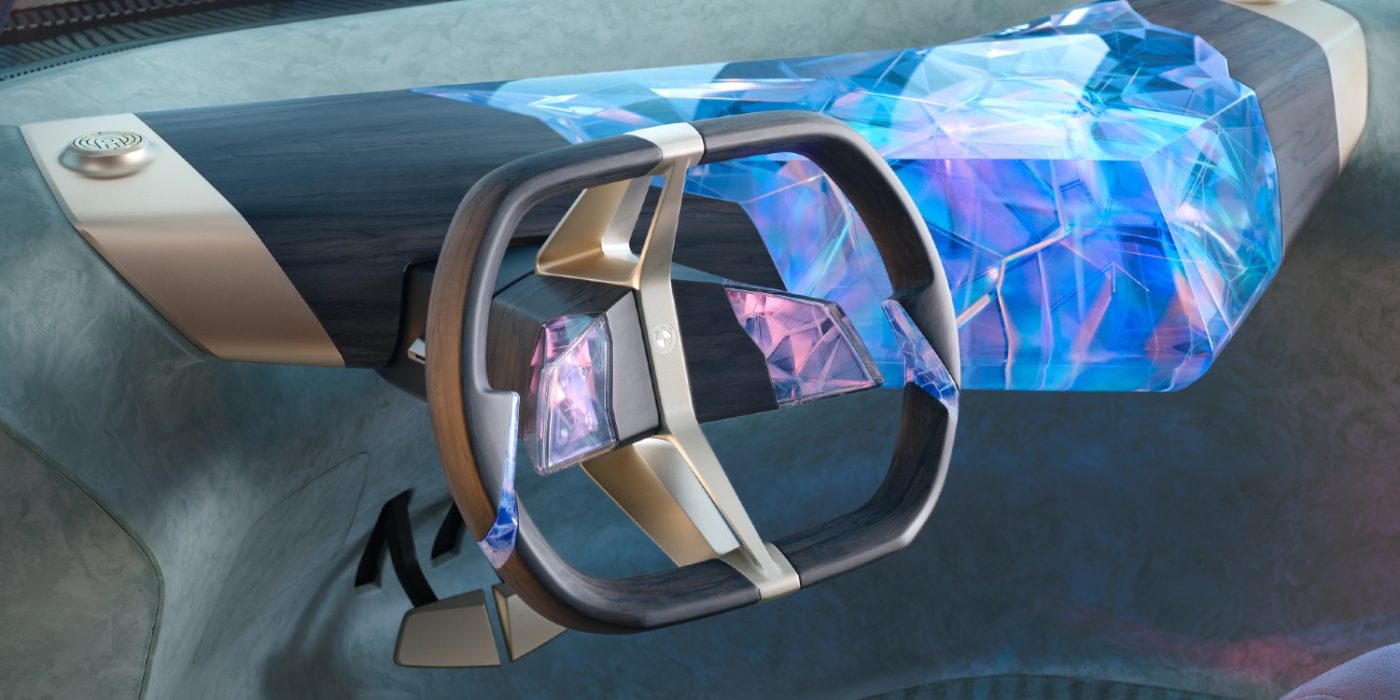
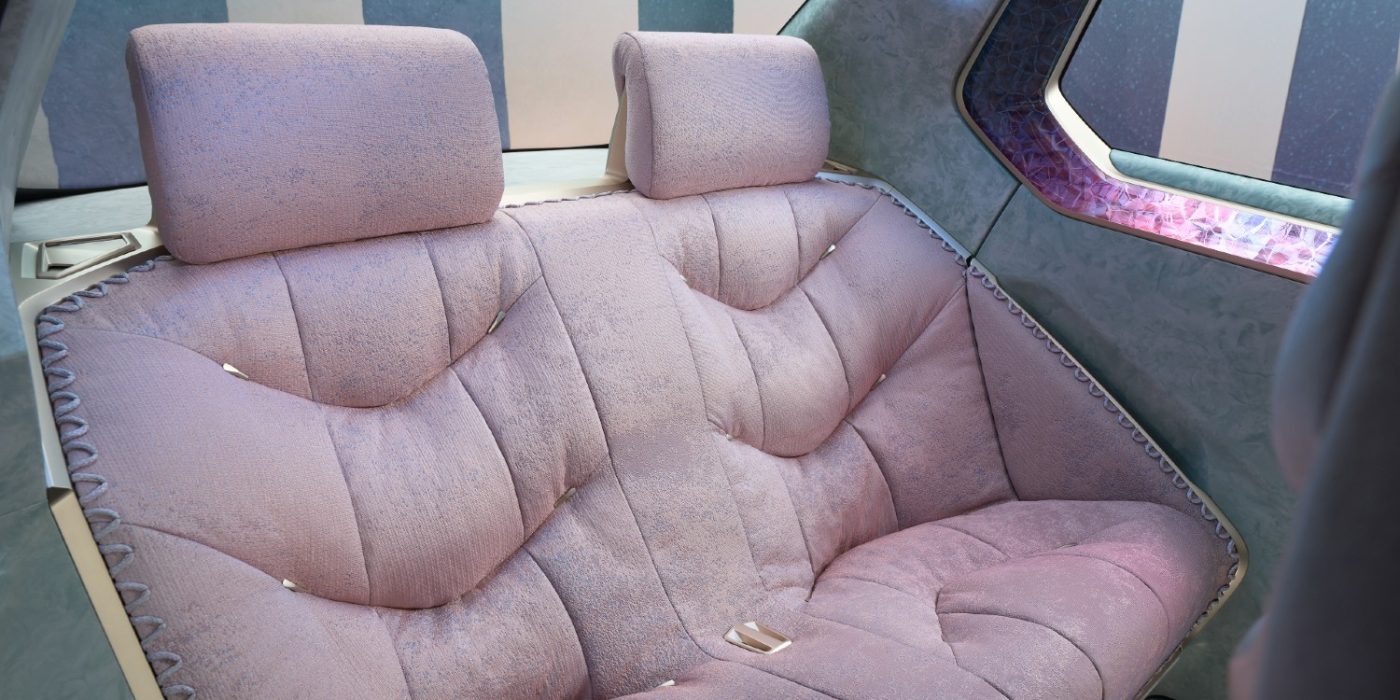
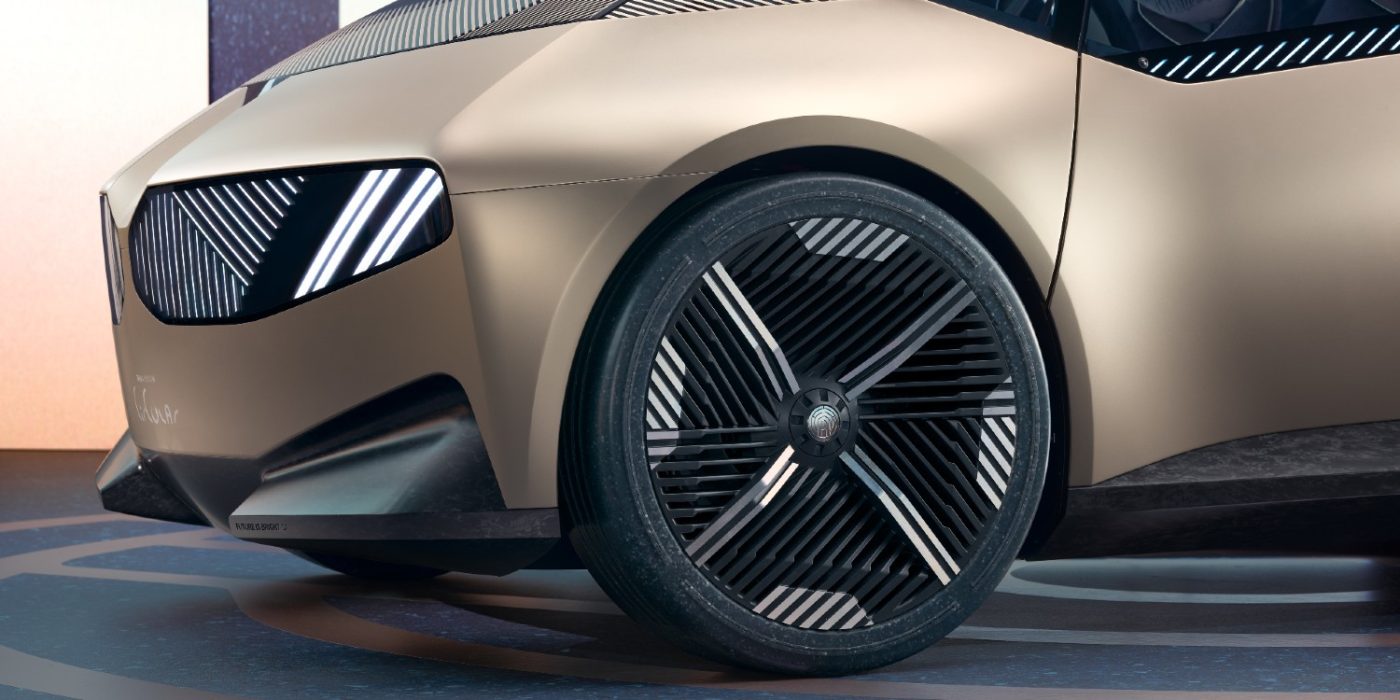
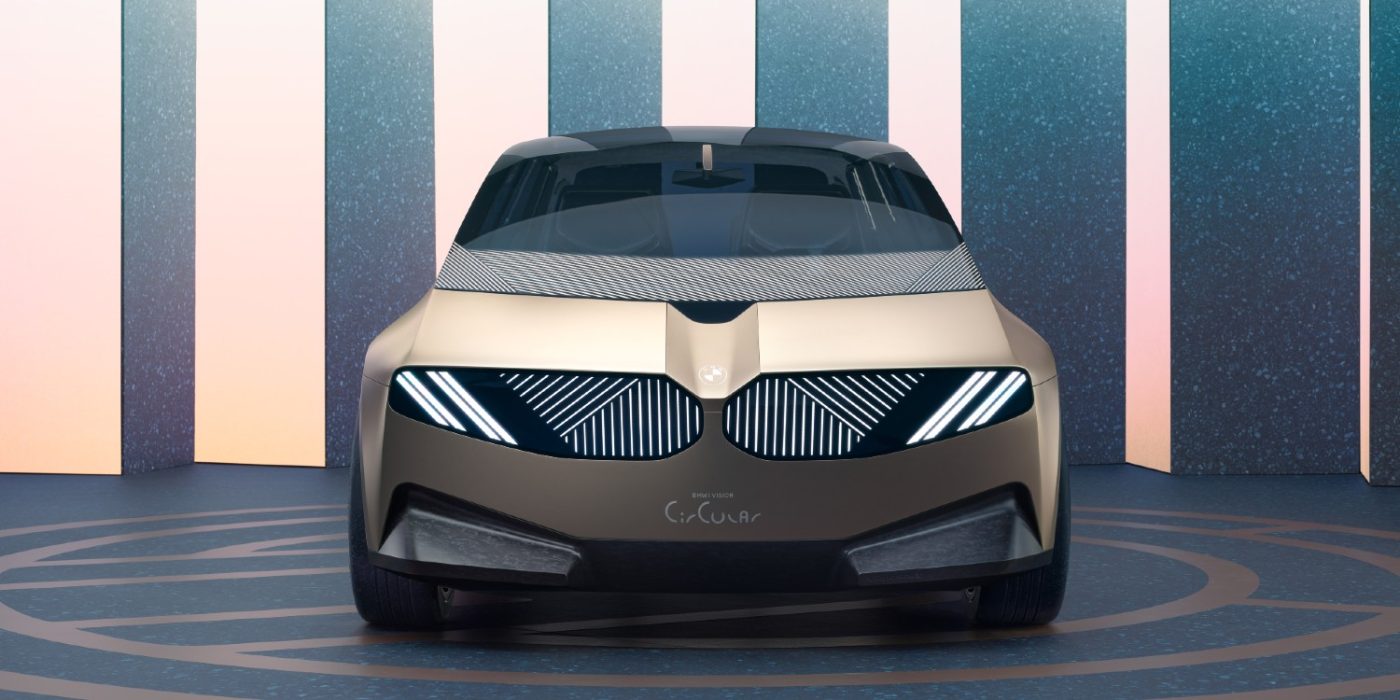
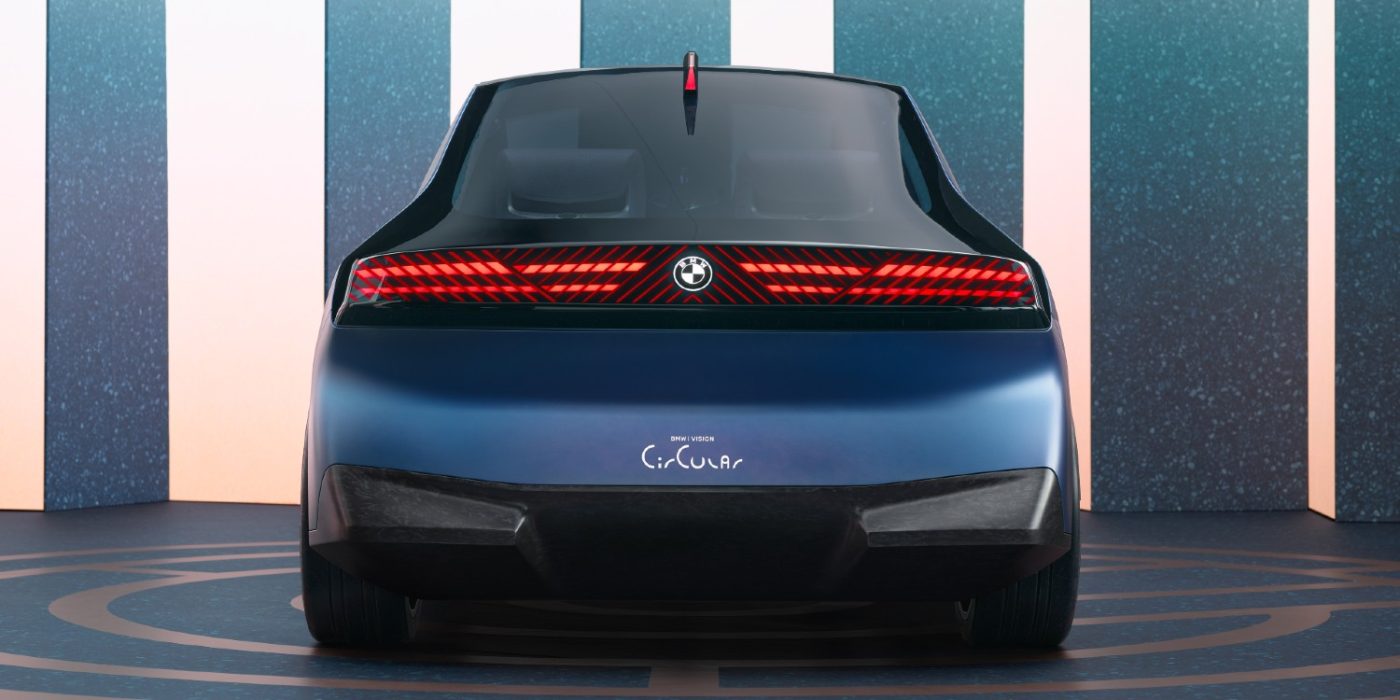
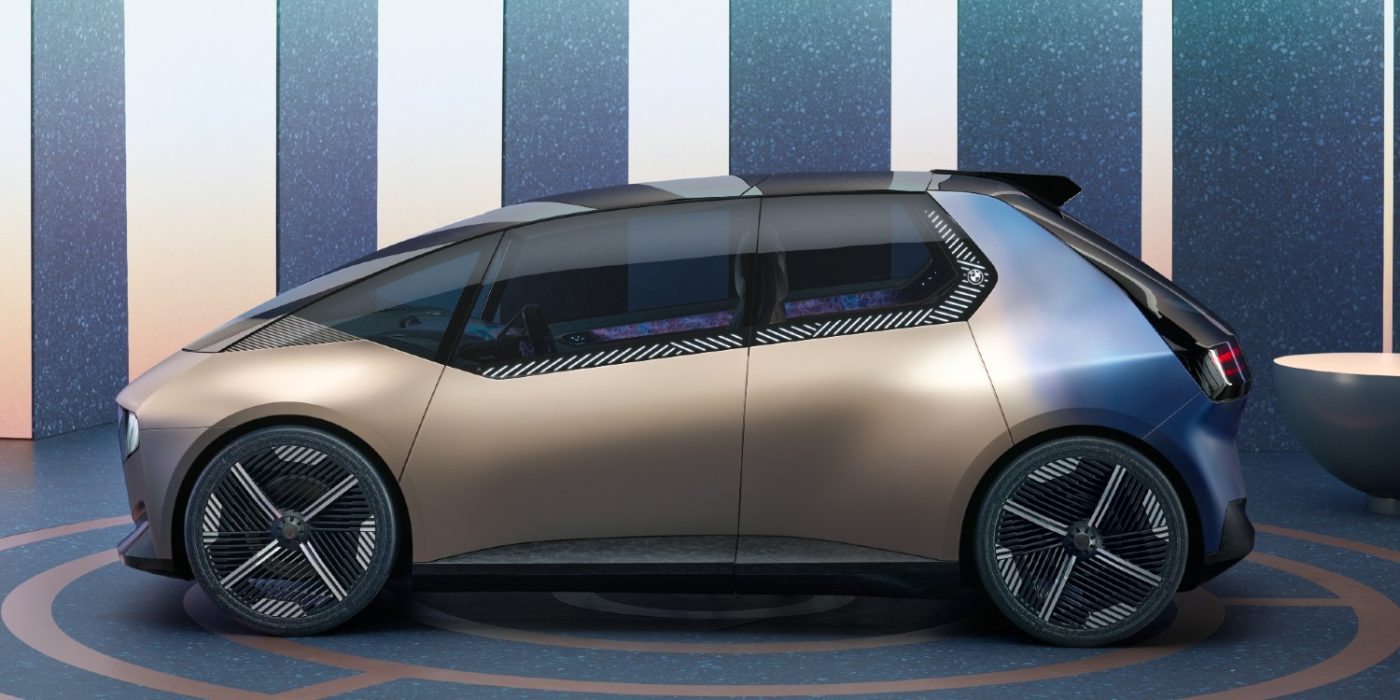
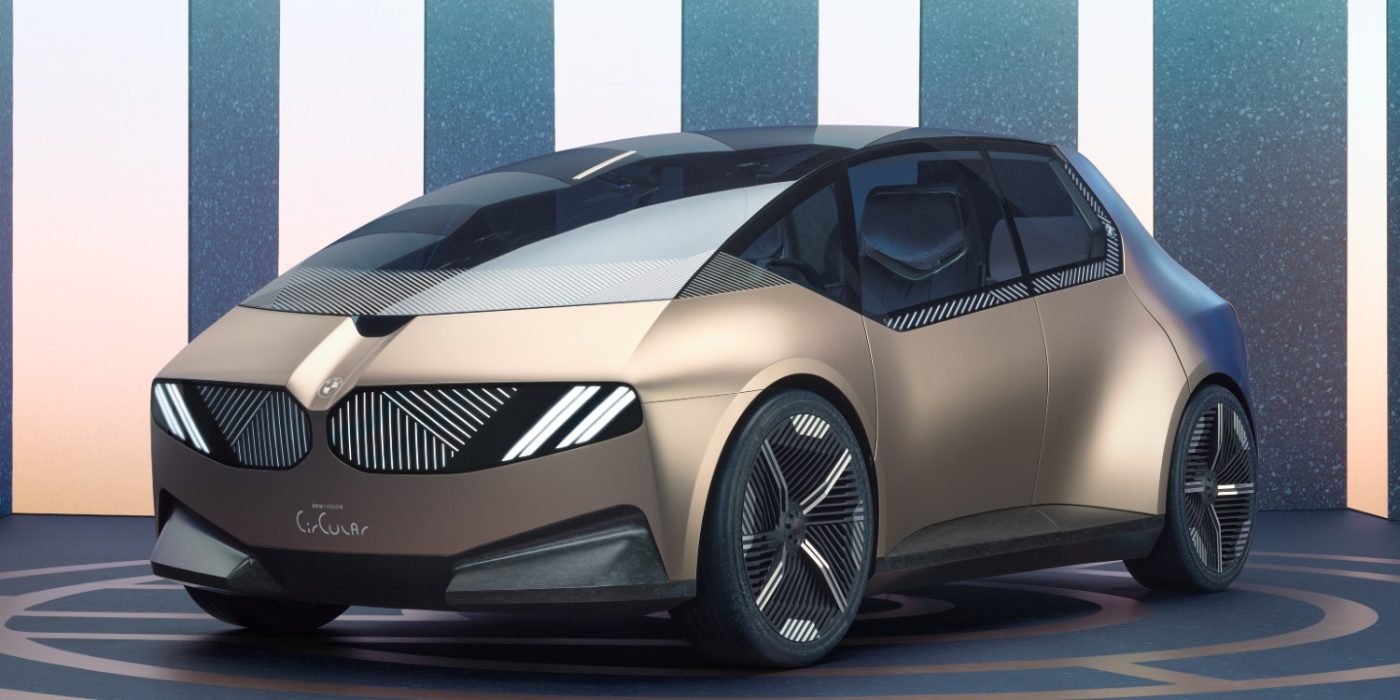
For this reason, the i Vision Circular is intended to show how a vehicle can be optimised for a closed material cycle – unlike the carbon fibre body of the i3. The goal was a quota of 100 per cent recycled materials or 100 percent recyclability. Many of the materials already have a product life behind them. This is also true of the battery: the solid-state battery used is to be composed of materials that come from the recycling cycle – i.e. that have already been used in another battery. In addition, the new battery is to be 100 per cent recyclable.
By the way, BMW does not give any details about the technical details of the battery and drive – that seems to be of secondary importance in the year 2040. Only one function is mentioned: the i Vision Circular is to have a bidirectional charger. In this way, the car is supposed to be able to function as a mobile electricity storage unit – in keeping with the spirit of sustainability – and thus either supply buildings with electricity or stabilise the grid.
“In the design process of the BMW i Vision Circular, we have consistently thought about circularity from the very beginning,” says Adrian van Hooydonk, Head of BMW Group Design. “As a result, this Vision vehicle is full of innovative ideas that combine sustainability with a new and inspiring aesthetic – we call this approach ‘Circular Design’.”
This approach in turn comprises four principles, “Rethink”, “Reduce”, “Reuse” and “Recycle”. According to these guiding principles, components are to be questioned, reconsidered and redesigned. Some components or processes have been completely omitted – the i Vision Circular, for example, is not lacquered but anodised in light gold. Painting requires a lot of energy and makes recycling more difficult. “Decisive for good recycling are a few different material groups made of monomaterials whose compounds can be easily separated,” BMW writes. “That is why the BMW i Vision Circular does not use bonding or composite materials. Instead, it uses clever connection solutions such as cords, buttons and quick-release fasteners.”
BMW logo engraved – to save on add-on parts
The front of the concept car, for example, shows how such guiding principles also change the appearance of a car. Since chrome was dispensed with and the number of parts was reduced as much as possible, there is a BMW kidney with chrome bars – instead, “digital surfaces” of the kidney extend across the entire width to the headlights. The applied brand emblem has also been saved: it is engraved in the front and the lettering at the rear is lasered. Again, this saves on additional add-on parts.
As with the i3, the interior is accessed via doors that open in opposite directions. The designers wanted to create a “modern and homely atmosphere”, but at the same time use as few different materials as possible and make them as easy to dismantle as possible. In the production of the interior components, too, additive processes are to be used above all in order to manufacture the components as precisely as possible without scrap and waste. The steering wheel rim, for example, is 3D-printed from a bio-based material. It is remarkable that a study showing a car from the year 2040 still has a steering wheel at all.
In order to make the four principles of its circular economy tangible, BMW has developed the “i Insight Vision” app. With this augmented reality app, visitors to the IAA will be able to discover the aspects of the concept car in a playful way.
Still futuristic, but closer to everyday life in 2021 is another trade fair premiere by BMW: the i Vision Amby is a “high-speed pedelec for urbanists” with which the Munich company wants to show a “two-wheeled solution approach for the urban mobility of tomorrow”.
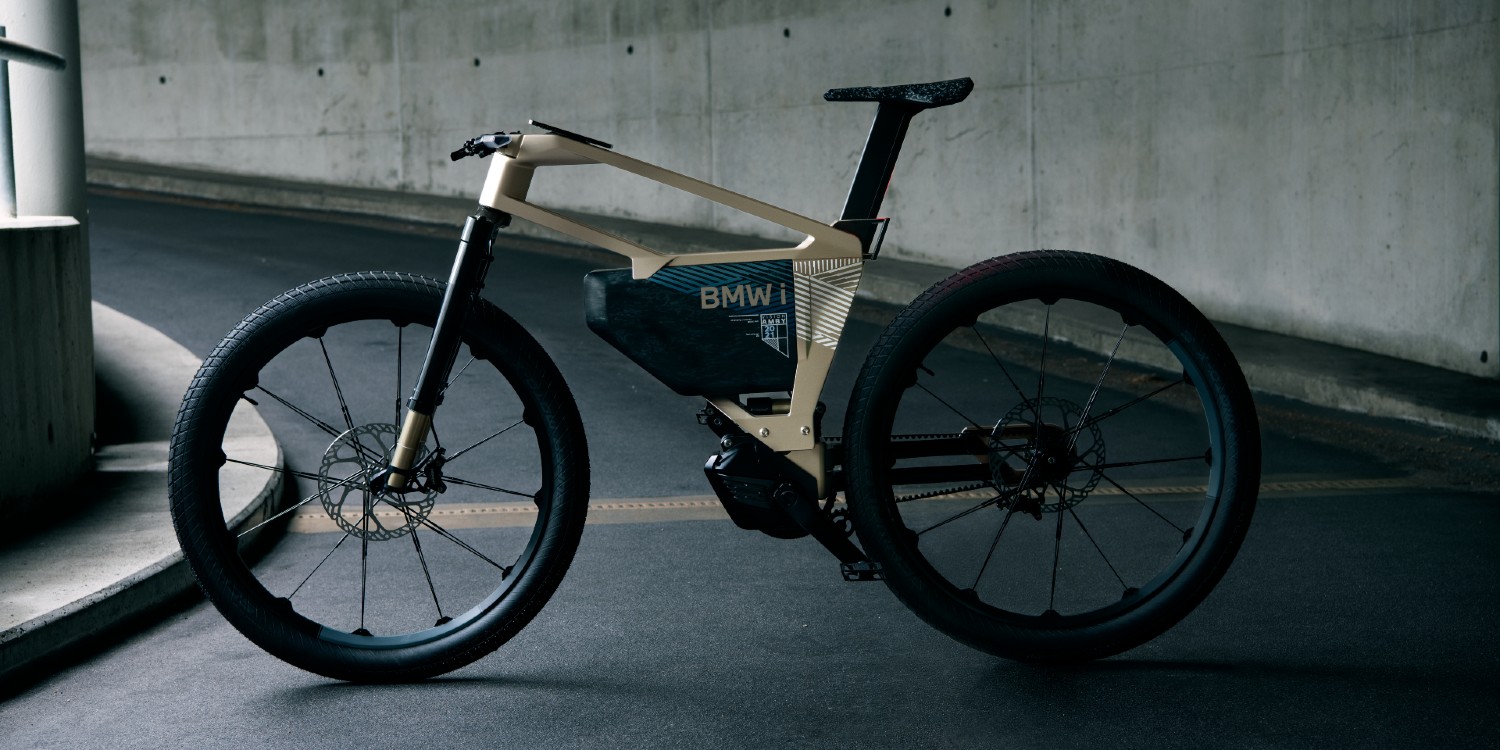
The pedelec should be able to be used at 25 km/h on cycle paths, at up to 45 km/h on inner-city roads and at up to 60 km/h on multi-lane roads and out of town. “In the future, classifications such as ‘car’, ‘bicycle’ and ‘motorbike’ should not determine what we think, develop and offer,” says Werner Haumayr, Head of BMW Group Design Concept. “Rather, this paradigm shift gives us the opportunity to align products with people’s lifestyles. Like with the high-speed pedelec BMW i Vision Amby. Located somewhere between a bicycle and a light motorbike, it allows our customers to decide for themselves which roads or paths they want to use it on in the conurbation.”
In parallel to the pedelec, BMW Motorrad is showing a version called “Vision Amby” – with footrests instead of pedals, but with a throttle grip. A 2,000 Wh battery is supposed to offer a range of up to 300 kilometres.
bmwgroup.com (i Vision Circular), bmwgroup.com (i Vision Amby)


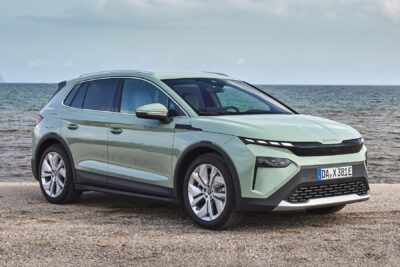
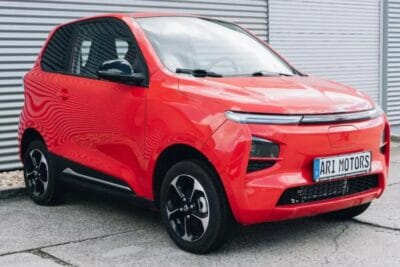
1 Comment